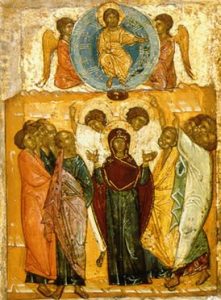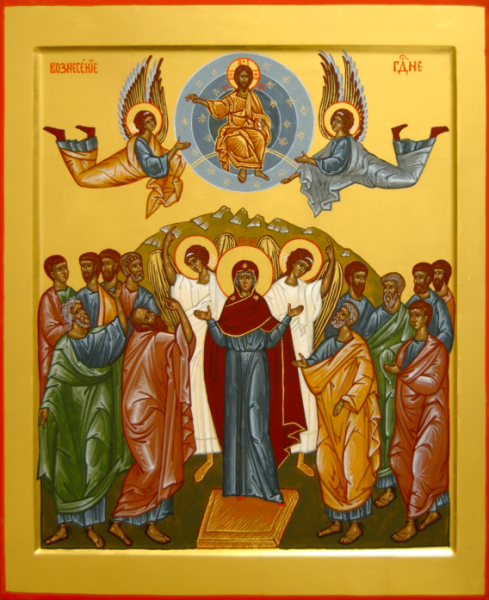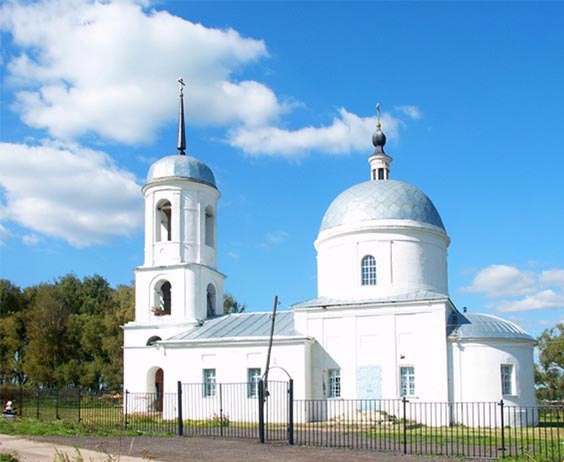Church of the Ascension of the Lord in Satino-Russkoye

The village of Satino-Russian was founded by Ivan Kalita, who received from the khan the label of princely rule and the duty to collect tribute. The temple was probably built at the same time as the village, as was customary in those days. The first mention of the church dates back to 1627. By the middle of the 17th century, the village had grown significantly. In 1700, antimins was issued in Satino for a newly built church, as evidenced by a receipt from priest Fyodor Stepanov. However, on August 15, 1771, the wooden church burned down. In 1772 local landowners, including Prince Vasily Golitsyn and General Mikhail Kamensky, appealed to the Moscow Ecclesiastical Consistory with a request to move the “idle” wooden church from Gorodets churchyard to the village. In 1775, the relocated church was consecrated, and its iconostasis was decorated with carvings and new icons. In 1802, the church burned down again. St. Petersburg merchant Mikhail Kondakov, a native of Satino, proposed building a stone temple. Construction began, but was delayed due to lack of funds. By 1812, when the village was ravaged by the Napoleonic army, only the refectory with the chapel of St. Nicholas and the bell tower had been built. The French burned 57 of the 138 courtyards, and the temple was looted. However, the priests managed to save some of the utensils by burying them in the ground inside the church. By 1819, the temple was completely restored at the expense of Kondakov and consecrated on July 13. The chapel of St. Nicholas was consecrated earlier. In 1842, the bell tower was added to the third tier, which gave the church a more expressive appearance. A stone gatehouse was built in 1875, a clergy house in 1890, and a parish school in 1900. At the beginning of the 20th century, a small side chapel was added to the church in honor of St. Nina, consecrated in 1915. The funds for the construction were provided by the landowner Anna Voynova. She also founded a community with an orphanage and a school for peasant children, which operated until 1917. In 1937, the last rector of the church, Priest Timofey Ulyanov, was arrested and sentenced to 10 years in camps on false charges. He died in 1940 in a camp near Khabarovsk and was canonized in 2000. as a hieromartyr. January 15, 1941 The temple was closed, and its building was converted into a grain warehouse, fertilizers and a tractor workshop. This led to serious damage, and the interior murals were completely destroyed due to toxic substances. Today, the church in the village of Satino-Russian continues to be restored, reminding of its rich history and spiritual heritage.
Address: village Satino-Russian, 60

